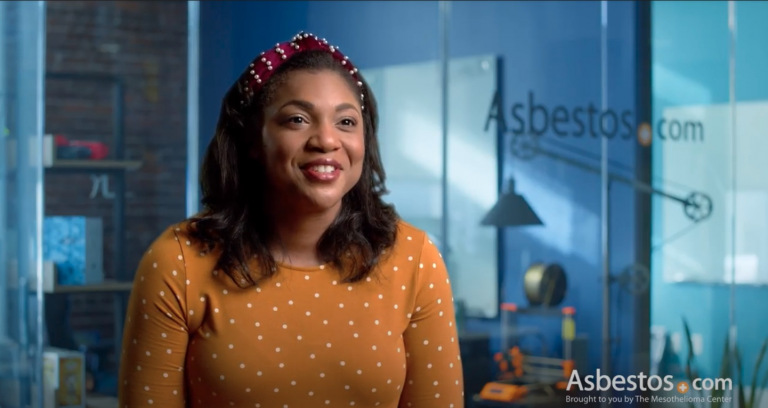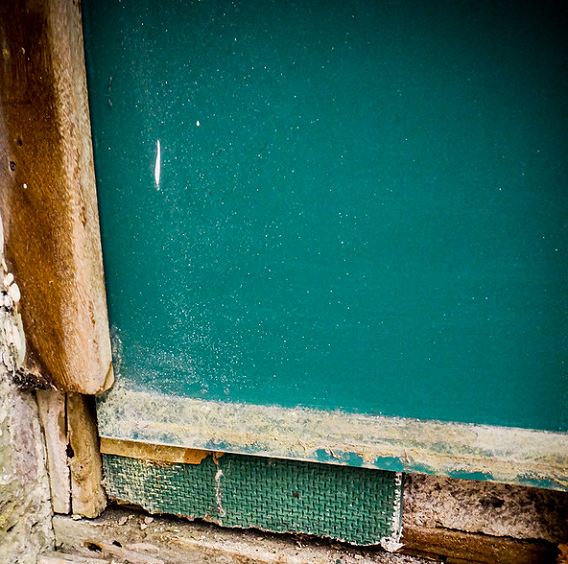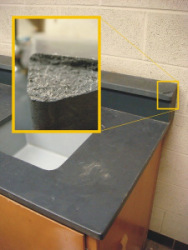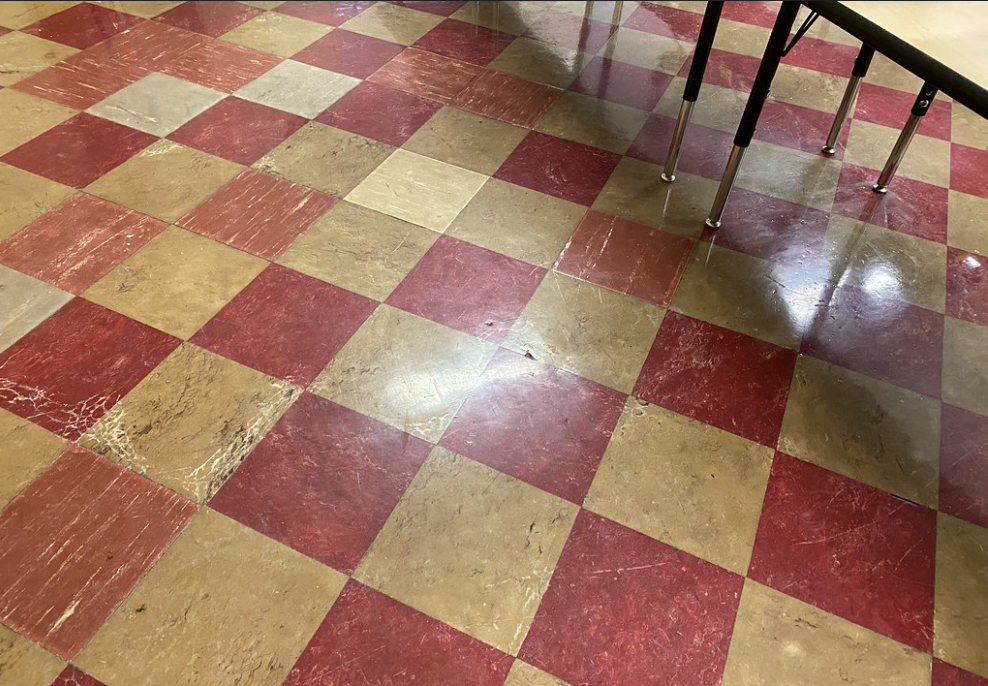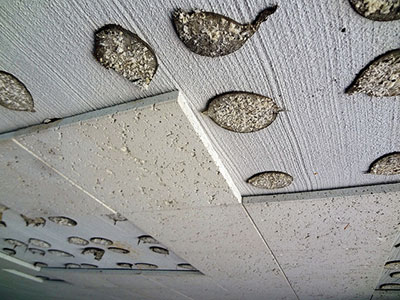Mesothelioma in Young Adults & Children
Mesothelioma is very rare in children and young adults. The cancer usually develops decades after exposure to asbestos. Mesothelioma cases in young people account for 2% to 5% of all diagnoses.
What Causes Mesothelioma in Children and Young Adults?
Because mesothelioma in children and young adults is so rare, there isn’t a definitive answer as to its primary cause. Only a few hundred cases have been diagnosed globally. While asbestos exposure is the primary cause of mesothelioma in adults, the association isn’t as clear in younger people.
Possible Mesothelioma Causes and Risk Factors in Kids
- Exposure to asbestos in products, the environment or through a family member.
- Genetic predisposition to mesothelioma.
- In utero exposure to the antibiotic isoniazid, which is a tuberculosis treatment.
- Radiation exposure, including radiation therapy for other cancers.
Learn about your diagnosis, top doctors and how to pay for treatment in our free mesothelioma guide.
Get Your GuideMesothelioma typically takes 20 to 60 years to develop from the time of initial asbestos exposure. People exposed in childhood usually don’t develop the disease until they’re adults. Some experts suggest that, in very rare cases, other factors may contribute to accelerated disease development in children. However, this isn’t easy to confirm.
Registered nurse and Patient Advocate Karen Selby tells us, “From what I have seen, there is limited data on childhood mesothelioma. There have been fewer than 300 cases ever reported, which limits our ability to have many facts.”
How Are Children Exposed to Asbestos?
Children typically encounter asbestos through secondary exposure. This is when someone who works with or around asbestos accidentally brings fibers home on their clothing, skin, hair or gear. These fibers become airborne and can transfer to a child’s clothing, furniture they sit on or the flooring they may crawl on.
Adults working in construction, manufacturing, the military, firefighting and shipbuilding, for example, have higher rates of asbestos exposure. They are also at greater risk of accidentally bringing home asbestos fibers.
Asbestos exposure in children can happen but may not be known. It can be difficult to pinpoint specific exposure incidents. As Karen explains, “In my experience here at The Mesothelioma Center, I’ve only assisted one patient under the age of 18. In this particular case, there was no known exposure to asbestos, and the cause was considered unknown.”
Children’s Products Containing Asbestos
In recent years, a number of products for children have tested positive for asbestos-contaminated talc. These include crayons, clay, toys, children’s cosmetics, talcum powder and baby powder brands.
Claire’s and Justice, brands that sell products for teenagers, recalled several children’s makeup kits over asbestos contamination in 2017. The U.S. Food and Drug Administration confirmed the test results in 2019. Claire’s has filed twice for bankruptcy and started liquidating its stores in 2025.
The Environmental Working Group Action Fund performed independent tests in 2015. They found asbestos in crayons and toy crime lab kits made in China.
Asbestos in Homes and Schools
Legacy asbestos products are still in many older buildings. Millions of homes and 50% of America’s schools contain asbestos from the 1950s and 1960s. Any activity that disturbs deteriorating asbestos materials can release toxic asbestos dust into the air.
Austin Lacy was a high school football star in Pasadena, California. For nearly a year, doctors couldn’t find the cause of his health decline before he was diagnosed with mesothelioma. Sadly, he died just 10 days before graduation. Asbestos in public schools may have contributed to his disease.
Boston resident Kevin Morrison was diagnosed with peritoneal mesothelioma at 21. The former high school athlete likely encountered legacy asbestos products in school and public buildings. The Boston area has many old buildings containing asbestos.
Builders once commonly used asbestos materials before they were phased out in the late 1980s. Boiler insulation, ceiling tiles, duct wrap for HVAC systems, pipe insulation, vinyl flooring (including backing and glue) and wallboard all often contained asbestos.
Secondhand Exposure
Families often experience secondhand exposure when doing the laundry of someone with primary asbestos exposure. Asbestos fibers can also be transferred when hugging or when a child sits on a parent’s lap.
Tamron Little was diagnosed with peritoneal mesothelioma when she was only 21 years old. She tells us, “Being diagnosed with a cancer that you’ve never heard of at a young age makes a huge impact on your life from then onward.” Reflecting on her rare experience being so young when diagnosed with this cancer, she says if she could write a letter to her 21-year-old self, she’d celebrate her resilience.
Tamron adds that she’d write, “You don’t know it now, but you will share your story of hope and strength as far as the White House! So keep pushing. You are going to thrive, even after cancer. You will have more children – yep, three more children. Can you believe that?”
Environmental Exposure
Children may be exposed to asbestos in water, air or soil. Residents in communities where asbestos was mined or asbestos products were used could also be at risk.
In Libby, Montana, children played on soil from asbestos mine tailings. Records show children in Ambler, Pennsylvania, played on piles of asbestos factory waste.

Learn about your diagnosis, top doctors and how to pay for treatment in our updated 2025 guide.
Get Your Free GuideSymptoms of Mesothelioma in Children and Teens
Regardless of a patient’s age, the symptoms of mesothelioma are usually the same. The most common mesothelioma symptoms are fatigue, weight loss and pain.
The initial signs can often be confused with more common illnesses. Identifying symptoms is also challenging when children have difficulty describing how they feel. Pediatricians and nurses use age-appropriate communication to connect with children. They teach them how to recognize and describe changes in their bodies.
Mesothelioma Symptoms in Young People
- Pleural mesothelioma: Breathing problems, chest pain, fatigue and weight loss.
- Peritoneal mesothelioma: Digestive problems, abdominal pain, fatigue and weight loss.
Some research shows that mesothelioma spreads faster in children than in adults. This means symptoms may progress more quickly in children than in adults.
Its nonspecific symptoms and rarity can make diagnosing mesothelioma in children challenging. Doctors prioritize ruling out more common pediatric conditions. It’s also important to differentiate mesothelioma from other pediatric cancers, such as sarcomas or Wilms tumor.
How Are Children Diagnosed With Mesothelioma?
Doctors use a combination of tools to confirm a mesothelioma diagnosis in children and teens. While the diagnostic tools used are the same, the process is more cautious and collaborative to accommodate the unique needs of pediatric patients.
Accurate diagnosis often requires collaboration among specialists. Pediatric oncologists, radiologists and pathologists work together to differentiate mesothelioma from other conditions.
Diagnostic Tools
- Biopsy: Pathologists examine tissue samples under a microscope to confirm mesothelioma. Biopsy techniques are often less invasive and carefully planned to reduce risks given children’s smaller bodies and sensitivity to procedures.
- Fluid analysis: Cytology tests examine pleural or peritoneal fluid for cancer cells.
- Imaging scans: These tests detect fluid buildup or abnormalities in the chest or abdomen. They’re adjusted to minimize radiation exposure in children while still capturing detailed images.
- Physical Exam: Doctors perform lung function tests and feel for tumors under the skin.
A 2021 case study of a 14-year-old boy with peritoneal mesothelioma showed radiology can help diagnose rare cases in children. An interventional radiologist helped diagnose the case with an ultrasound-guided core biopsy and diagnostic paracentesis.
According to the CDC, 0.3% of patients diagnosed in 2021 were between 45-54 years old. None under 45 received a diagnosis that year, which is the most recent year for which this data is available. A review of thousands of patients in 2015 found 2% were under 40.
Asbestos Exposure History Can Aid Diagnosis
It’s important to tell your doctor about any potential history of asbestos exposure. This information can help prompt your doctor to test for certain cancers.
Young people with mesothelioma don’t always have a history of asbestos exposure. Children may have a genetic predisposition to mesothelioma if they’re born with certain mutations in their DNA.
A couple of recorded cases of pediatric mesothelioma are linked to receiving radiation therapy for a disease called Wilms tumor. Childhood mesothelioma may also be linked to exposure to isoniazid, an antibiotic used to treat tuberculosis, while in the womb.
Mesothelioma Treatment for Children and Young Adults
Young patients get the same types of mesothelioma treatment as adults. However, cancer treatment in children requires adjustments for their smaller size and developing bodies.
Types of Treatment
- Chemotherapy: The most common is chemo with Alimta (pemetrexed) and cisplatin. Doctors adjust the dose based on a child’s weight and size.
- Clinical trials: Your pediatric oncologist may know of a clinical trial appropriate for children or teens.
- Immunotherapy: Little data is available about immunotherapy for childhood mesothelioma. Doctors believe it’s generally safe to treat pediatric cancer.
- Radiation therapy: Radiation therapy uses lower, more precise doses to avoid harming growth.
- Surgery: Younger patients are more likely to qualify for tumor-removing surgery. This surgery significantly boosts their chance of long-term survival.
Pediatric specialists focus on minimizing long-term effects while effectively managing the disease. For example, doctors will plan treatment to lower the risk of secondary cancers later in life.

We’ll get you the best doctor for your diagnosis and schedule appointments with them quickly.
Find My DoctorYounger vs. Older Mesothelioma Patients
Younger patients with mesothelioma usually have better overall health, fewer other medical conditions and stronger responses to intensive treatments. These factors can contribute to longer survival times.
| Patients under age 40 | Patients older than age 40 | |
|---|---|---|
| Relative Incidence | 2% of study population | 98% of study population |
| Patient Gender | 51% male, 49% female | 78% male, 22% female |
| Type of Mesothelioma | 47% pleural, 48% peritoneal | 90% pleural, 9% peritoneal |
| Median Survival | 34 months | 8 months |
| Five-Year Survival Rate | 38% | 3% |
Researchers from the National Institutes of Health studied 12,345 mesothelioma patients. They found unique patterns among the small group of patients under age 40. In this younger group, gender distribution and the occurrence of pleural and peritoneal mesothelioma were more balanced.
Younger patients had better outcomes with longer median survival and a much higher 5-year survival rate. For older patients, other health problems often make treatment less effective, which is a major factor in their lower survival rates.
Tips for Protecting Your Child from Asbestos Exposure
Taking early precautions can help protect your child’s health and lower the risk of asbestos exposure. Stay aware of local environmental risks, such as naturally occurring asbestos or contaminated soil. If your child has been near these areas, make sure they change clothes and speak to a doctor.
Tips to Prevent Asbestos Exposure in Children
- Don’t disturb materials like old insulation, ceiling tiles or pipe coverings that may contain asbestos.
- Check your home for wear and damage in asbestos-containing materials. If you suspect any, hire trained professionals for testing and safe removal.
- Keep children away from areas of the house under renovation where asbestos might be present.
- Ask your child’s school about asbestos safety policies to make sure they follow legal guidelines.
- Be cautious about products with talc, including some makeup kits, crayons, clay and fingerprint kits.
If you think your child has handled something that might contain asbestos, dispose of it safely right away. Staying alert and taking action quickly helps create a safer environment for your family.
Recommended Reading
